This is the second in a series of posts about building a bokeh simulator. This series starts here.
Yesterday I did some bokeh simulations of an apodized and conventional lens using calculated point spread functions (PSFs). Today, I want to look at real PSFs. I realized that I had some of those, generated which I wrote this post on the Sony 135 STF and two other 135mm lenses. I decided to start with the Sony apodized lens. Here is its PSF when wide open:
Here’s what happens when I put that PSF into the bokeh simulator and set the blur circle (with respect to the original 2000 x 1500 pixel image, not the scaled one in this post) to a 50 pixel diameter:
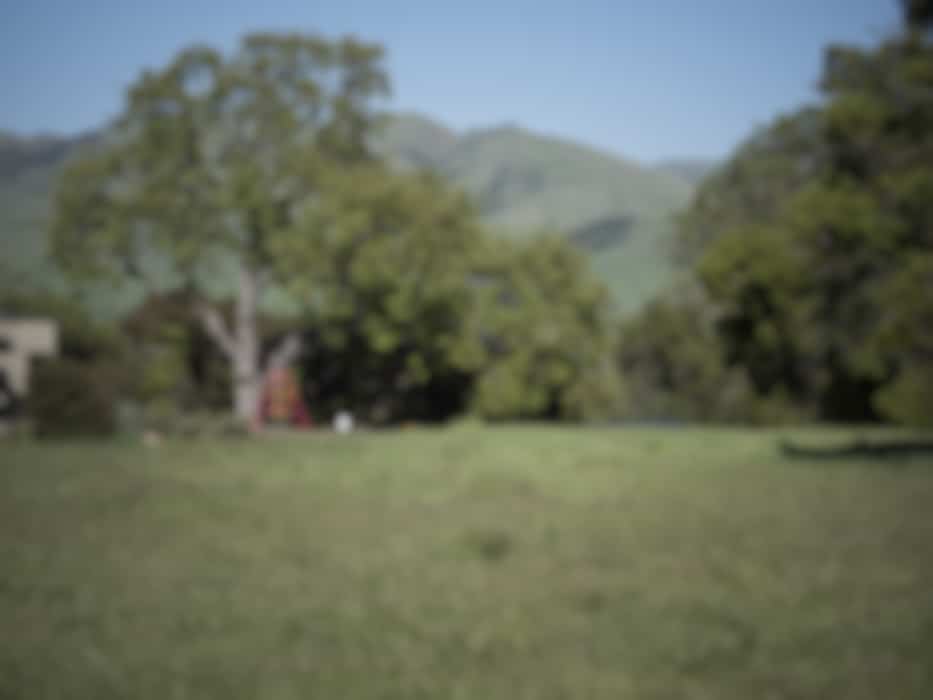
I experimented with computed PSFs in the simulator and came up with a Gaussian with extent of 2.4 standard deviations (see yesterday’s post for details about what that means):
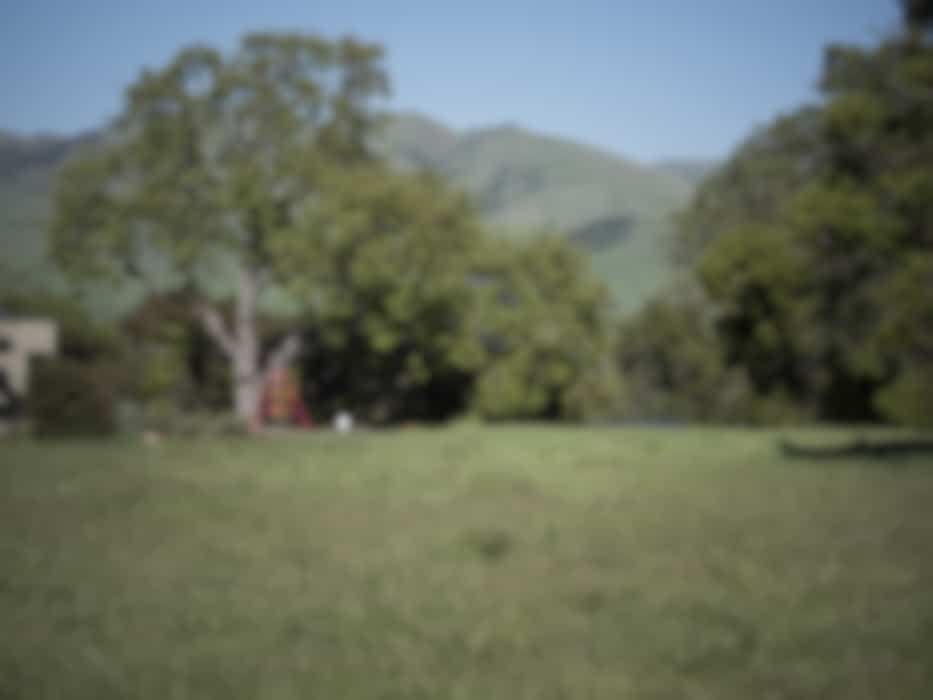
With a 100-pixel blur circle, the images look like this:
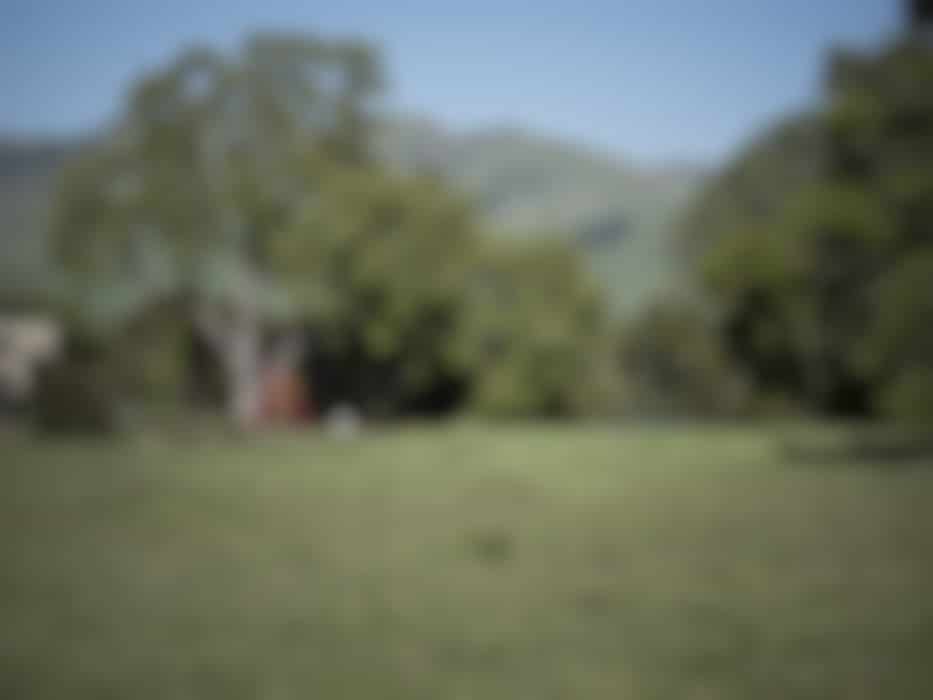
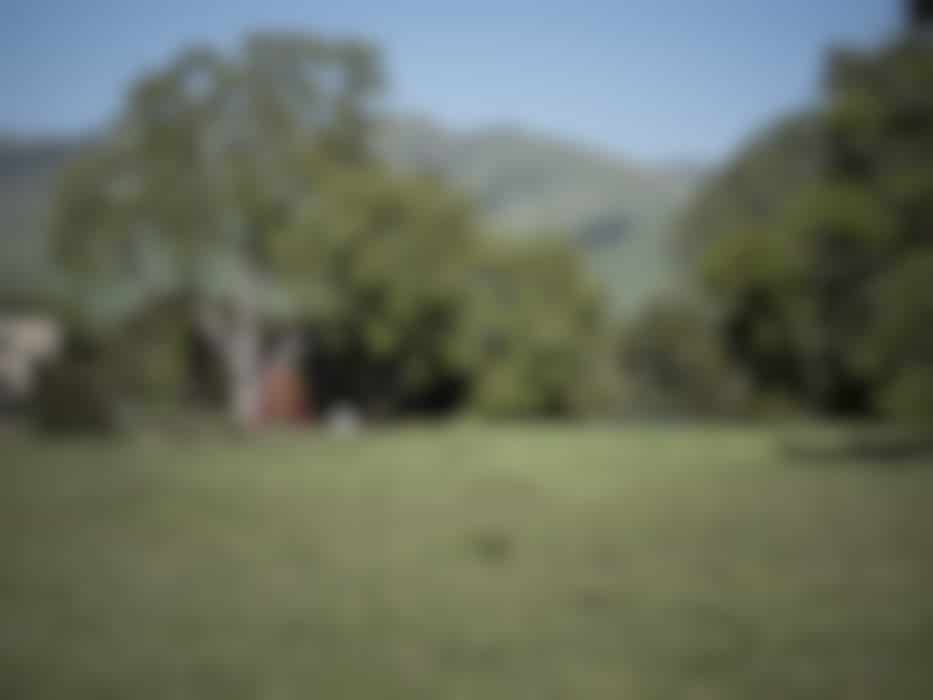
Next I’ll look at the other two lenses in the 135mm bokeh test I referenced at the beginning of this post. If anyone has ideas on what apodization profiles lens manufacturers use for their targets, I’d be interested.
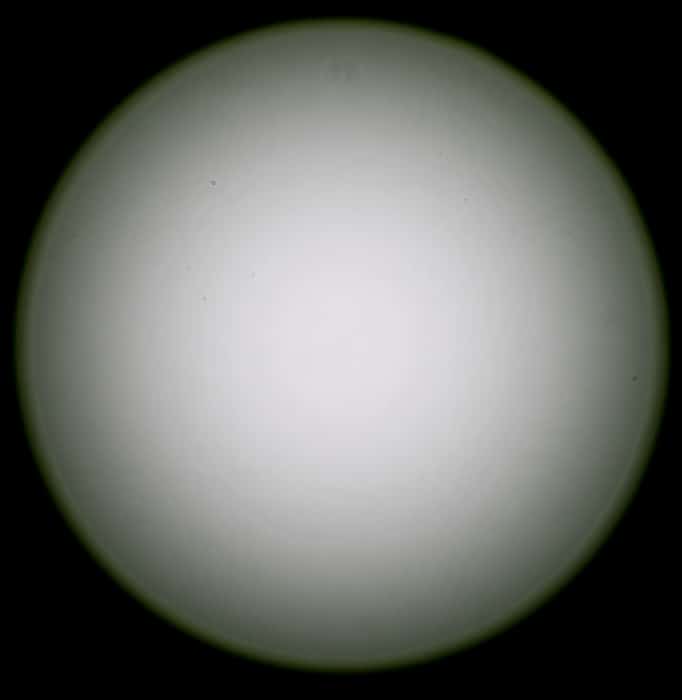
Jerry Fusselman says
I am currently estimating the profile of the Sony 100mm STF. One oddity is that it looks maybe discontinuous at the edge of f/8. Do you think that could be sensible?